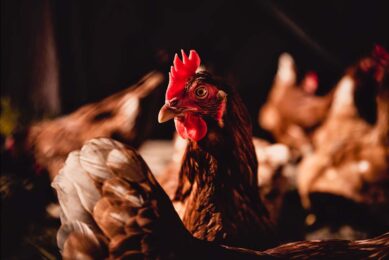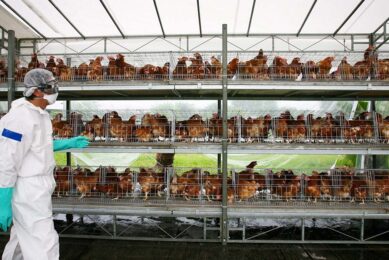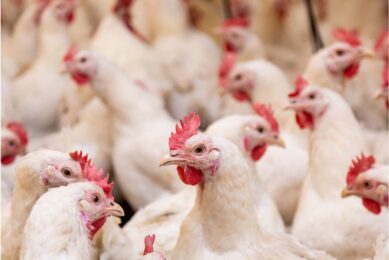Consuming Avian influenza
Many people with different cultural and religious backgrounds perceive white meat as a healthier and more desirable choice than red meat. Has the industry taken advantage of this great demand? What has the industry done over the past few years to reassure consumers about poultry product safety? Does the industry realize that it takes time to regain consumer trust?
Many people with different cultural and religious backgrounds perceive white meat as a healthier and more desirable choice than red meat. Has the industry taken advantage of this great demand? What has the industry done over the past few years to reassure consumers about poultry product safety? Does the industry realize that it takes time to regain consumer trust?
The world population continues to grow about 100 million people per year and will be 9 billion by year 2040. The daily consumption of protein in developed and industrialized countries is about 65 grams while in the less developed countries it hardly is 15 grams.
Low cost, nutritional values and high digestibility have always been considered as important reasons of high demands for poultry meat.
After a brief recovery in 2005, global meat markets in 2006 have again been affected by consumer concerns over animal disease. BSE and FMD related bans on red meat exports continue. Infections with Avian influenza of over 224 people provided a favourable ground for consumer reactions which subsequently put tremendous downward pressure on poultry consumption.
Consumption shift
The shift in consumption of poultry meat led to rapid build-up of stocks and price declines. Based on the recent report of FAO, global poultry meat production has almost remained steady in spite of avian influenza outbreaks. Now, it seems that poultry meat consumption rate is recovering but we all know that it will not be a rapid recovery.
The shift in consumption of poultry meat led to rapid build-up of stocks and price declines. Based on the recent report of FAO, global poultry meat production has almost remained steady in spite of avian influenza outbreaks. Now, it seems that poultry meat consumption rate is recovering but we all know that it will not be a rapid recovery.
In addition to food safety issues, price has always been an important element in family food basket. Does low price of chicken meat accelerate this recovery? What the industry is doing now to get per capita consumption rate back to normal?
No consistant approach
There is no doubt that the risk of zoonotic diseases (transmitted from animals to humans) is ever-present. Unfortunately, experts’ approaches to address avian influenza-related issues have not been consistent.
There is no doubt that the risk of zoonotic diseases (transmitted from animals to humans) is ever-present. Unfortunately, experts’ approaches to address avian influenza-related issues have not been consistent.
Some of them have put this issue in a professional perspective and the others have touched it from a negative standpoint. What role mass media have played? Have they had a sound scientific-based approach to avian influenza and its possible hazards for human health?
Work on facts
I am not trying to underestimate possible risks but I want to emphasize that we should try to move based on facts. Keeping consumers informed should be a top priority for media but “over-reacting” could be a double edge sword.
I am not trying to underestimate possible risks but I want to emphasize that we should try to move based on facts. Keeping consumers informed should be a top priority for media but “over-reacting” could be a double edge sword.
On one hand, it scares consumers and on other one hand jeopardizes the poultry industry. As you might have noticed, we do not hear much news about avian influenza these days. Media are now mainly focused on other topics such as wars, hurricanes, elections, etc.
Does this mean that avian influenza does not pose any significant threat to human health at this time? Who knows we may see a new wave of bird flu headlines within a few weeks or months from now? It is really interesting. Isn’t it?
Join 31,000+ subscribers
Subscribe to our newsletter to stay updated about all the need-to-know content in the poultry sector, three times a week. Beheer
Beheer








 WP Admin
WP Admin  Bewerk bericht
Bewerk bericht